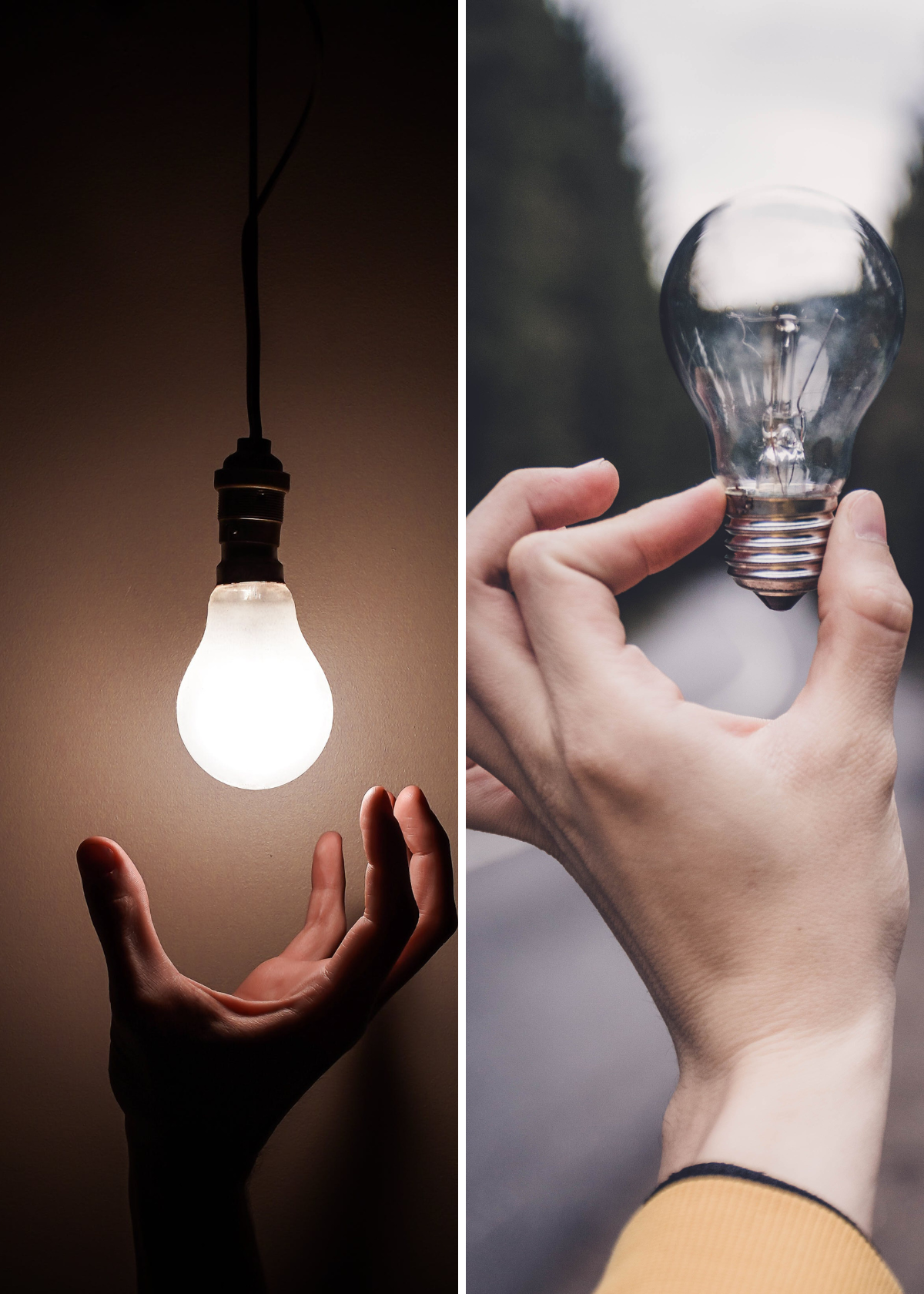Rechargeable light bulbs are a modern solution to an age-old problem: what happens when the power goes out? These innovative lighting options promise to keep your space illuminated even during power failures. But an interesting question arises: does a rechargeable bulb charge when the switch is off? Let's shed some light on this topic.
The Mechanics Behind Rechargeable Light Bulbs
Rechargeable light bulbs, like their name suggests, come with built-in batteries that can be charged and used when there is no power supply.
These LED bulbs are designed to replace regular bulbs in your lamps and other light fixtures. But how do they work? When plugged into a socket and the switch is turned on, the LED lights operate like normal bulbs, and the battery inside begins to charge. This process continues until the battery is fully charged, which can take anywhere from two to eight hours.
The Role of the Light Switch in Charging
The light switch plays a crucial role in the operation of rechargeable light bulbs. When the switch is on, electricity flows through the circuit, allowing the bulb to shine bright and charge its battery.
But what happens when you turn the switch off? Does the charging stop, or does it continue? The answer lies in the design of the bulb and the electrical setup of your house. In some cases, the bulb may require the switch to be in the 'on' position to complete the circuit and enable charging.
Rechargeable Bulbs During Power Outages
One of the main advantages of rechargeable light bulbs is their ability to operate during power outages. When you lose power, these bulbs can automatically switch to battery mode, allowing them to continue providing light.
This feature is particularly useful in areas prone to frequent power outages. The battery life during such periods can vary, but most bulbs are designed to last for a few hours, ensuring that you're not left in the dark.
Charging with the Switch Off: Is It Possible?
Now, back to the burning question: can a rechargeable bulb charge when the switch is off? In most cases, the answer is no.
For the battery to charge, the bulb needs to be connected to a live circuit, which typically requires the switch to be in the 'on' position. However, some advanced models and certain wiring configurations may allow for the bulb to charge even when the switch is off. It's important to check the specifications of the brand and model you're using to understand its capabilities.
Energy Efficiency and Cost Savings with Rechargeable Bulbs
Rechargeable bulbs are not just a marvel during power outages; they're also a testament to energy efficiency. Have you ever wondered about the difference in energy consumption between a regular LED bulb and a rechargeable one? Well, when it comes to energy usage, rechargeable bulbs are designed to be more efficient. They draw power only when necessary, and some can even charge when the switch is off, depending on the wiring configuration. This means that even in standby mode, they're ready for the unexpected without being a drain on your electricity bill.
Moreover, the cost savings don't stop at your monthly utility bill. The initial investment in a rechargeable bulb might be higher than a standard LED bulb, but the long-term savings are significant. Imagine never having to scramble for candles or flashlights during a power outage again. The convenience they offer, coupled with the reduced need for emergency lighting solutions, makes them a smart choice for the budget-conscious user. Plus, with their extended lifespan, you'll be replacing bulbs less frequently, which is both cost-effective and environmentally friendly.
Smart Home Integration and Rechargeable Bulbs
In the era of smart homes, the humble light bulb has received a significant upgrade. Rechargeable bulbs are now part of the smart home ecosystem, and they're smarter than you might think. For instance, some models can be controlled via a smartphone app, allowing you to switch them on or off without ever touching a wall switch. This seamless integration means that your rechargeable bulb can charge even when the physical switch is in the off position, as long as the lamp or outlet it's connected to is powered.
But what about the tech-savvy user who has their home rigged with smart switches? The good news is that most rechargeable bulbs are compatible with these systems. They can distinguish between being turned off via the app and a power outage. In the latter case, they'll kick in automatically, providing illumination when you need it most. This smart functionality not only offers convenience but also ensures that your home remains lit in the right places, even when the grid has failed you.
The Convenience of Rechargeable Bulbs
Rechargeable bulbs offer a level of convenience that regular bulbs cannot match. They save you the trouble of scrambling for candles or flashlights during a power failure. Moreover, they can save you money in the long run by reducing the need for emergency lighting solutions. The LED technology used in these bulbs is also more energy-efficient than traditional lighting options, further cutting down on electricity costs.
Installation and Compatibility
Installing rechargeable light bulbs is as simple as screwing in a normal bulb. They are designed to fit standard sockets, so you can easily replace your existing bulbs without any additional equipment. It's important to note, however, that not all light fixtures may be compatible with rechargeable bulbs, especially those with dimming features or certain types of switches. Always check compatibility before making a purchase.
Maintenance and Lifespan
Maintaining rechargeable bulbs is relatively straightforward. They operate just like regular LED bulbs under normal conditions, and the battery is charged during this time. The lifespan of these bulbs is comparable to that of regular LEDs, which means they can last for years before needing to be replaced. The battery component, however, may have a different lifespan and could require replacement after a certain number of charge cycles.
Making the Right Choice for Your Home
When deciding whether rechargeable bulbs are right for your home, consider the frequency of power outages you experience and the areas where you need uninterrupted lighting. These bulbs can be particularly useful in hallways, staircases, and other areas where safety is a concern during a power failure. They can also be a smart choice for outdoor lighting, ensuring that your property remains lit even when the neighborhood is experiencing a blackout.
FAQs
Q: Can rechargeable bulbs replace all types of regular bulbs?
A: Rechargeable bulbs are designed to fit standard sockets and can replace most regular bulbs. However, compatibility with certain light fixtures and switches should be verified before purchase.
Q: How long do rechargeable bulbs last on battery power during an outage?
A: Most rechargeable bulbs are designed to last for a few hours on battery power, typically ranging from two to eight hours, depending on the brand and model.
Q: Do rechargeable bulbs need special maintenance?
A: Rechargeable bulbs require minimal maintenance, similar to regular LED bulbs. The battery component may need to be replaced after a certain number of charge cycles, but this varies by brand and usage.
Summary:
Rechargeable light bulbs are a smart addition to any home, providing light during power outages and saving money on emergency lighting.
While they typically require the light switch to be on for charging, their convenience and efficiency make them an attractive option for many households.
By understanding how these bulbs work and their charging requirements, you can make an informed decision about incorporating them into your lighting setup.








